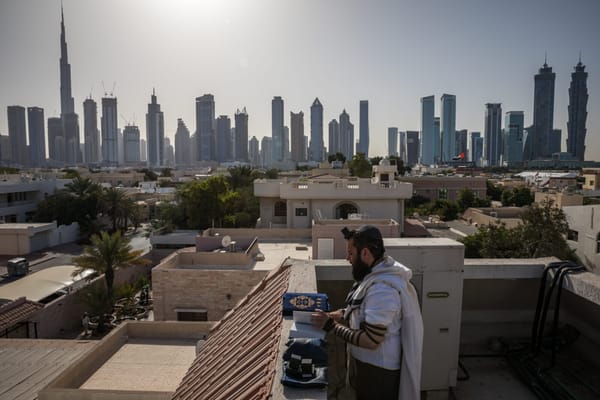Political Aspects of Health
Health, along with food and shelter, is a fundamental element of every person's life. If we are in good health we may take it for granted, but when our health is bad -- when we are ill or injured -- it becomes central to our lives.









